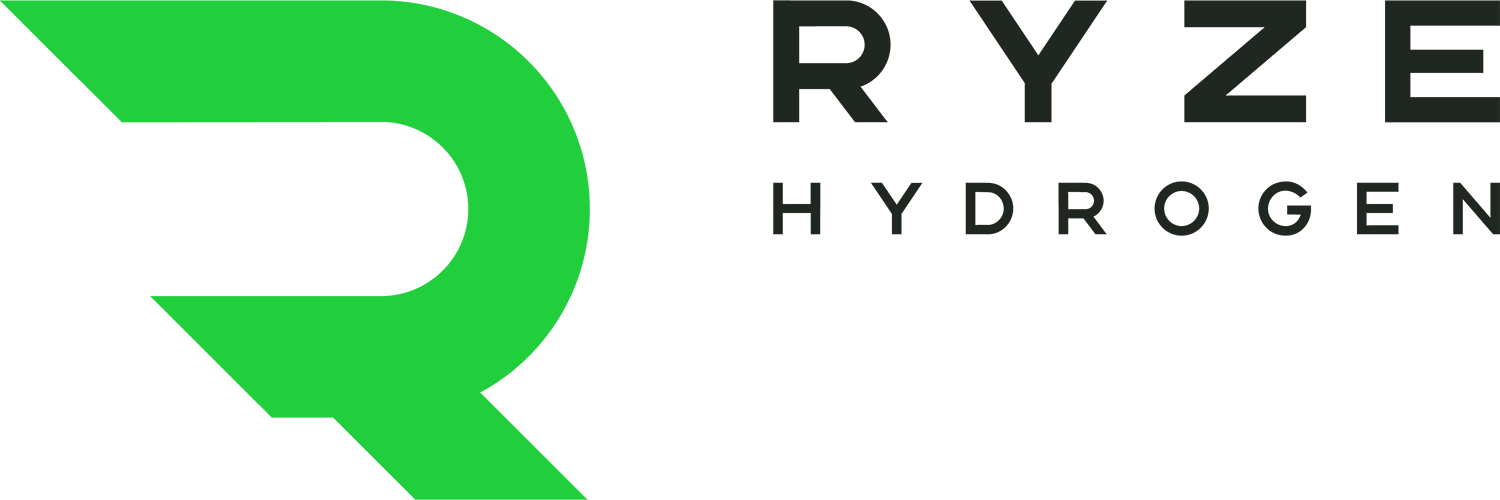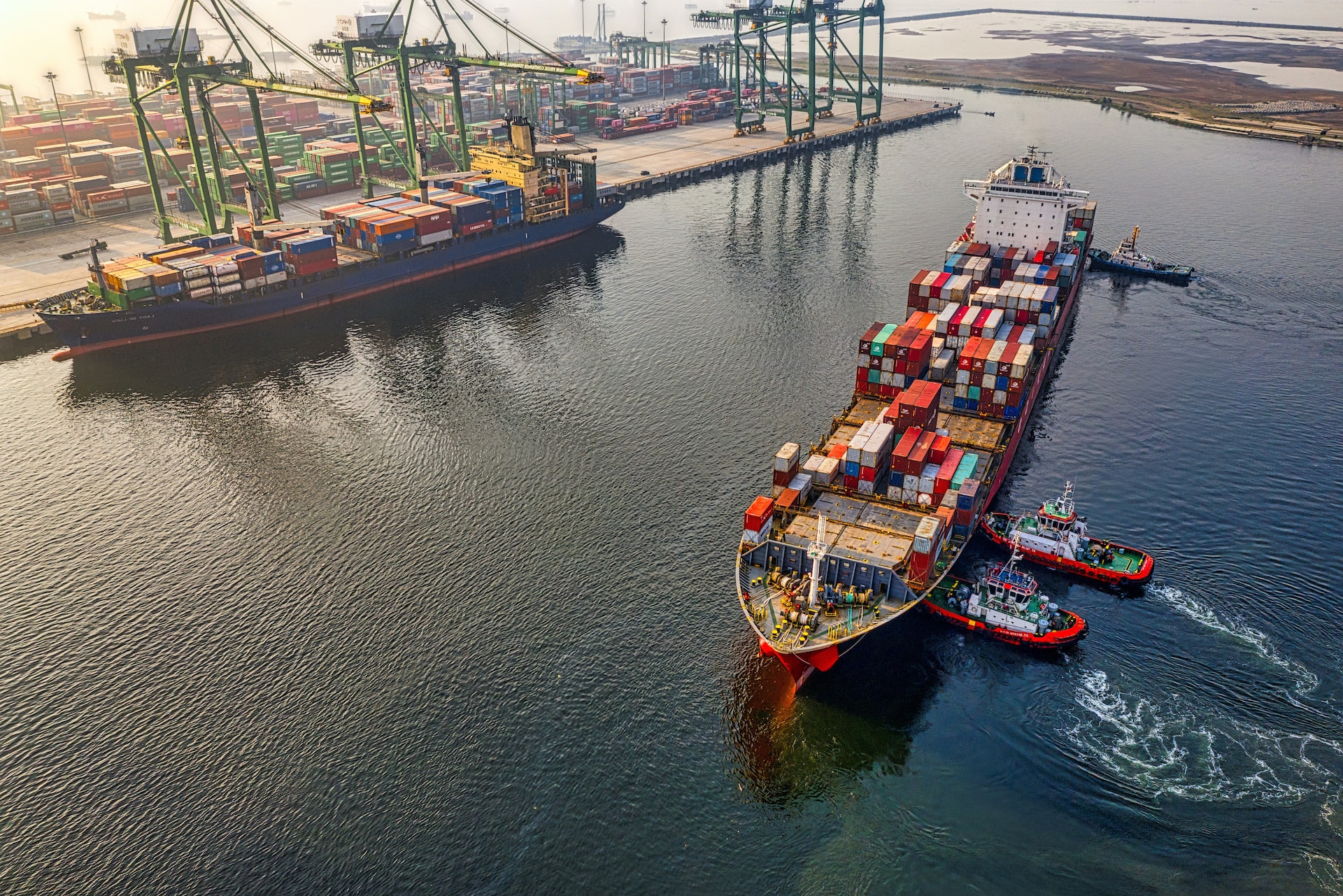While debate continues about whether hydrogen or batteries will become the dominant clean energy technology in various parts of road-based transport, the shipping industry has been embracing the use of hydrogen-based e-methanol to decarbonise its operations.
Shipping is one of the world’s biggest sources of greenhouses gases – about 3% according to the International Maritime Organization (IMO) – and thanks to our insatiable demand for consumer goods, carbon emissions from the industry are set to triple by 2050.
As well as CO2, tankers and cargo ships produce an array of other polluting substances, such as sulphur dioxide and nitrogen oxide, in vast amounts when they burn the bunker fuel that powers them.

Shipping is one of the world’s biggest sources of greenhouses gases – about 3% according to the International Maritime Organization (IMO) – and thanks to our insatiable demand for consumer goods, carbon emissions from the industry are set to triple by 2050.
To its credit, the shipping industry has made some bold pledges to clean up in recent years, including achieving net zero by 2050 and having scalable zero-emission fuels make up 5% of the international shipping fuel mix by 2030.
To achieve its 2030 goal, e-methanol is playing a major role. While other zero-CO2 shipping fuels, including hydrogen-derived green ammonia, are also likely to play a role in the medium-to-longer term, e-methanol is ready to go today.
The conventional way of making methanol is with natural gas, but e-methanol is produced by combining green hydrogen — made from the electrolysis of water with renewable energy — and CO2, captured from industrial sources. E-methanol can be burned in a combustion engine and is easy and safe to transport and distribute. It can be stored using existing infrastructure at ports, allowing ships to be refuelled in a way they are already familiar with, using bunker barges.
Some of the world’s biggest shipping companies are getting behind the fuel. Danish shipping giant AP Moller Maersk has placed orders worth billions of dollars for 19 “dual fuel” ocean-going container ships that run on either traditional fuel or e-methanol. Japan’s MOL operates five of the 23 methanol dual-fuel tankers in service worldwide, including the recently delivered Cypress Sun.

Some of the world’s biggest shipping companies are getting behind the fuel. Danish shipping giant AP Moller Maersk has placed orders worth billions of dollars for 19 “dual fuel” ocean-going container ships that run on either traditional fuel or e-methanol.
Companies such as Maersk, MOL, Cosco and CMA-CGM are pushing producers to supply enough e-methanol to meet their decarbonisation targets. Maersk needs 5 million metric tons of green methanol by 2030 to fuel its new ships and has thus far signed offtake deals for about 1.5 million tons.
Maersk is also investing in its own production facilities, and last November signed an agreement with the Spanish government to build a $9 billion complex with annual e-methanal output of 2 million tons.

While other zero-CO2 shipping fuels, including hydrogen-derived green ammonia, are also likely to play a role in the medium-to-longer term, e-methanol is ready to go today.
As with other clean fuels, the main challenge for e-methanol is cost – it is more than twice the cost of traditional bunker fuel – but scaling up production and the imposition of a suitable carbon price on maritime transport will level the playing field in time.
For now, trailblazers like Maersk are pushing ahead with major orders for e-methanol vessels, creating another huge source of demand for green hydrogen in the coming years.
To learn more about Ryze Hydrogen click here.






